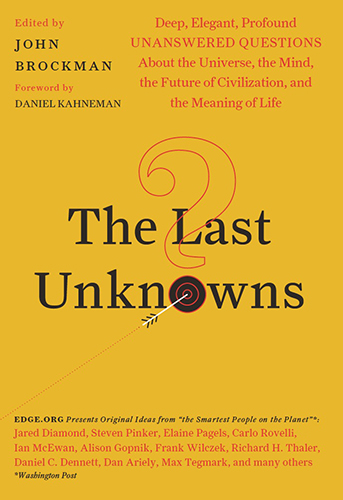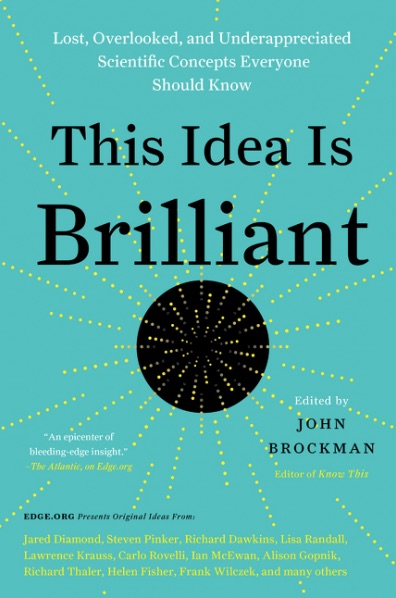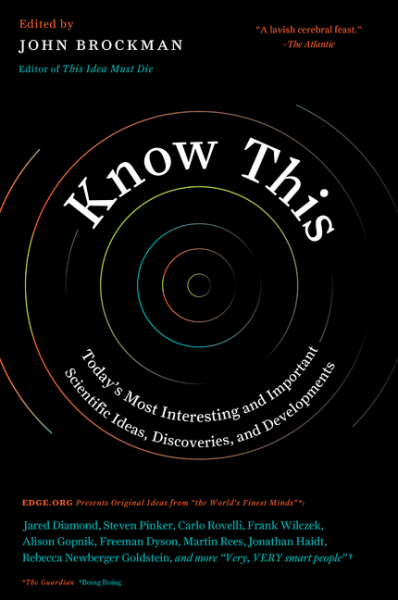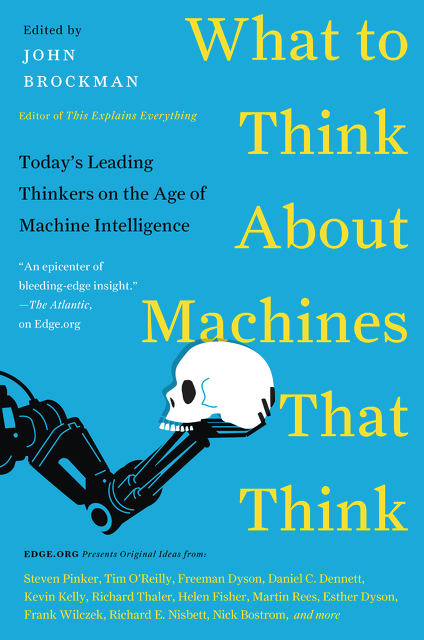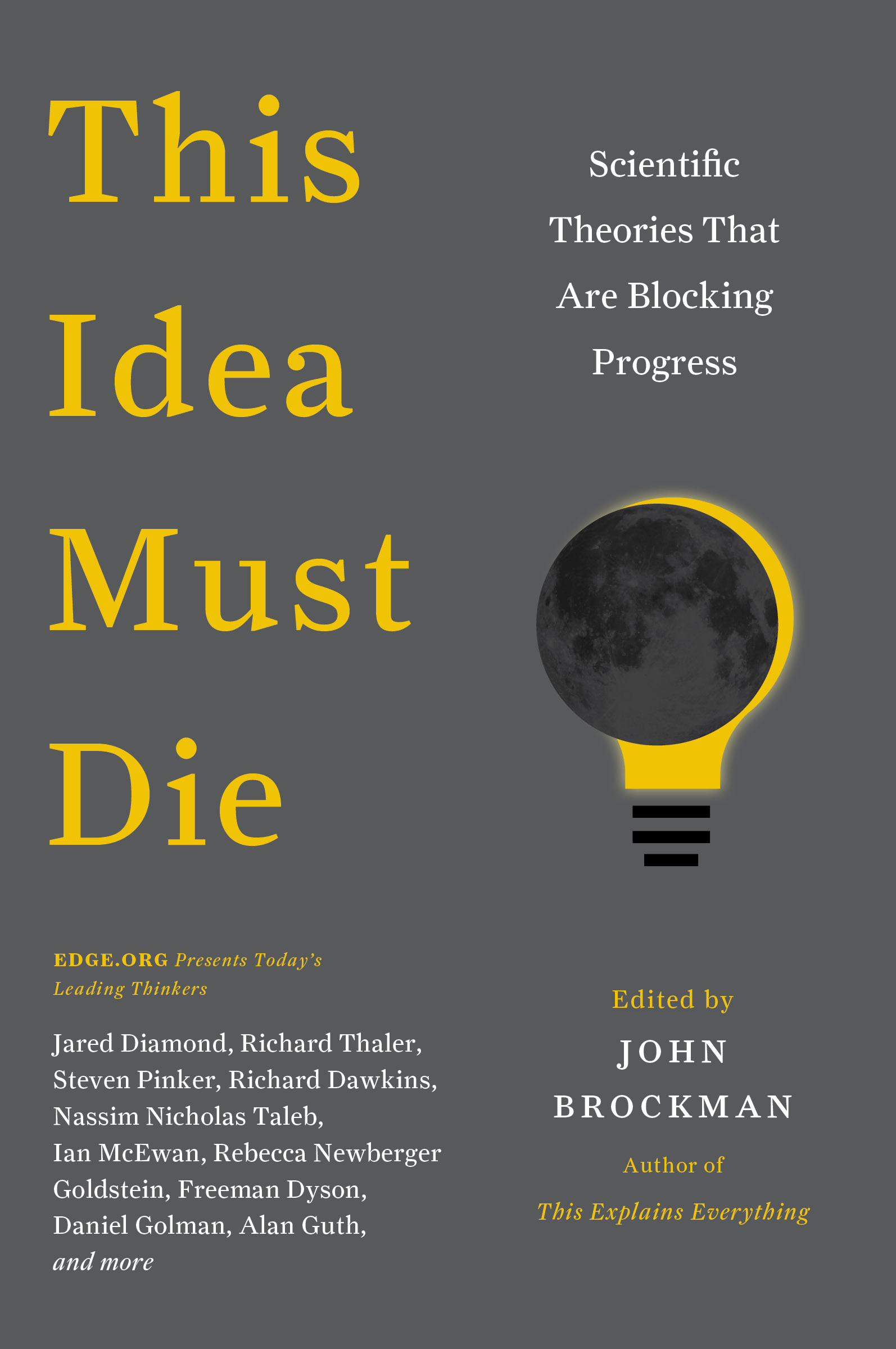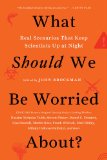Annual Question:
It now seems inevitable that the decreasing cost and the increasing resolution of brain scanning systems, accompanied by the relentless increase in power of computers, will take us soon to the point where our own thinking might be visible, downloadable and open to the world in new ways.
It was the news that brain scanners are starting to be developed at consumer price levels that has obsessed me this last year.
Through the work of Mary Lou Jepsen, I was introduced to the potential of brain reading devices and that patterns generated while watching a succession of very varied videos would provide the fundamental elements to connect thought to image. A starting point was the work pioneered at Jack Gallant’s Lab at UC Berkeley in 2011 that proved that the patterns of brain activity from MRI scanners, when a subject was viewing an assortment of videos, would enable thoughts to be translated into digital images.
Recording more and more images and corresponding brain patterns boosts the vocabulary in the individual’s visual dictionary of thought. Accuracy greatly increases with the quantity and quality of data and of the decoding algorithms. Jepsen has persuaded me that this is realisable within a decade, within the cost points of consumer electronics, and in a form that appeals to non-techies. Laborious techniques and huge, power-hungry, multi-million-dollar systems based on magnetic fields will be succeeded by optical techniques where the advantages of consumer electronics can really assert themselves; the power of AI algorithms will do the rest. This science-fiction future is not only realisable, but because of enormous potential benefits, will inevitably be realised.
And so, here we are: our thoughts themselves are about to take a leap out of our heads: from our brains to computers, to the Internet and to the world. We are entering the Age of Visible (and Audible) Thought. This will surely affect human life as deeply as any technology our imagination has yet devised or any evolutionary advance.
The essence of who we are is contained in our thoughts and memories, which are about to be opened like tin cans and poured onto a sleeping world. Inexpensive scanners would enable all of us to display our own thoughts and access those of others who do the same. The consequences and ethics of this have barely been considered.
I imagine the pioneers of this research enjoying a heady Oppenheimer cocktail of anticipation and foreboding, of exhilaration and dread, of knowing what fundamental changes and dangers these inventions could create. Our task is to assure they do not feel alone or ignored.
One giant tech company is believed to have already backed off exploring the development of brain reading for Visual Thought, apparently for fear of potentially negative repercussions and controversy around privacy. The emergence of this suite of technologies will have enormous impact on the everyday ways we live and interact and can clearly transform, positively and negatively, our relationships, aspirations, work, creativity, techniques for extracting information.
Those not comfortable swimming in these transparent waters are not going to flourish. Perhaps we will need to create “swimming lessons” to teach us how to be comfortable being open, honest and exposed—that we can be ready to float and navigate in these waters of visible thought.
What else happens in a World of Visible Thought?
One major difference is that as thought becomes closer and closer to action, with shorter feedback loops accelerating change, time scales collapse and the cosy security blanket of a familiar slowness evaporates.
A journey for my grandfather from London to New York shrank from a perilous three weeks to a luxurious three hours for my generation in Concorde. Similarly, plugging thought directly into the material world will all but eliminate the comfort of time lag. If I look outside at the streets, the buildings, the cars, I am just looking at thought turned into matter, the idea in its material form. With 3D printing and robotics, that entire process can become nearly instantaneous.
The last year has witnessed robots building bridges and houses, but these currently work from 3D blueprints. Soon, we will be able to plug in the architect directly and with a little bit of fine tuning, see her latest thoughts printed and assembled into a building that same day. The same goes for film and for music and every other creative process. Barriers between imagination and reality are about to burst open. Do we ignore it or do we get into boat building like Noah? Here comes the flood. ...

